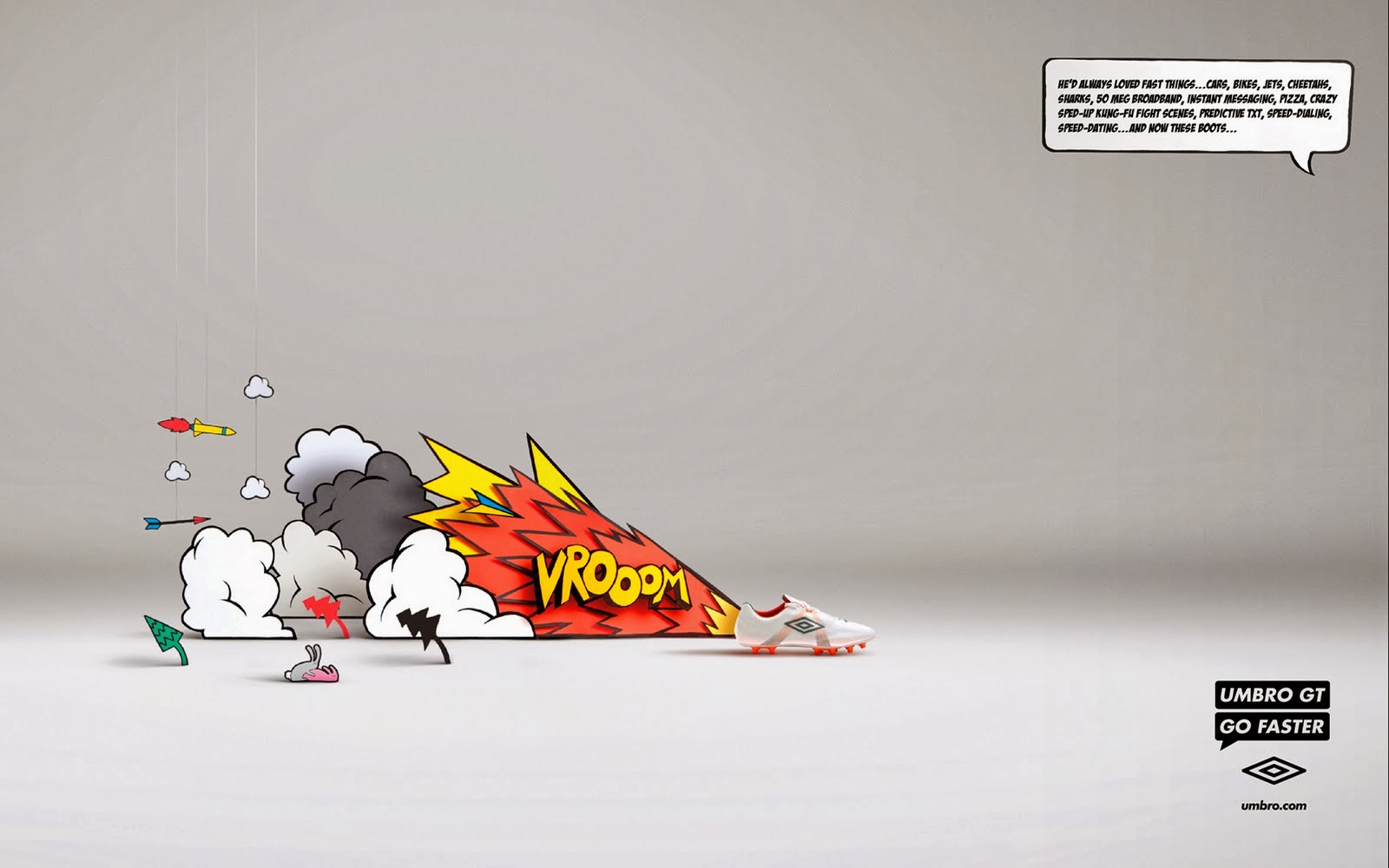As the second most popular drink in the world after water,
tea plays many different roles in the hearts and lives of consumers across the
world.
In Britain, anything is solved with a cup of tea... if you
have a problem, you talk about it over a cup of tea. Occasions are marked by tea across the
country, whilst every region from North to South has its own nickname for this historic
drink.
Popular slang for a cup of tea in the UK (source:
Tetley Tea ad in the UK (source: www.marketingmagazine.co.uk)
In Singapore, tea lounges have increased in popularity, cultivating consumers’ tastes for speciality tea and tea-drinking in general.
High tea in Singapore (source: sg.lifestyleasia.com)
TWG Lounge, Singapore (source: www.twgtea.com)
The earliest tea consumption recorded was in China, 10th Century BC and today, and today we see 3 billion cups of tea consumed daily, from China to India, Japan and Taiwan.
Tea being harvested in China (source: http://www.jas-etea.com/tea-in-chinas-hinterland/)
An innovative category
Tea brands come in all shapes and sizes, from small privately owned labels specialising in niche flavours to global brands who tailor their offer to the preferences within each market; catering to those who drink tea as a functional thirst quencher, to those who want to savour the experience of drinking a unique blend.
Lipton in Philippines (source:
Twinings in Japan (source:
Teapigs in UK (source: http://www.teapigs.co.uk/)
"Christmas Tea" in Europe (source: http://www.designswan.com)
Bubble Tea in Taiwan (source: http://en.wikipedia.org/wiki/File:Bubble_Tea.png)
Sparkling RTD Green tea in Korea (source:
Snapple Iced Tea in USA (source: www.snapple.com)
According to research, 79 billion servings of tea were drunk
in the USA in 2012 and this number is on the rise. Stereotypically, the US is a nation of coffee
lovers so this quite a surprising fact.
This fact is one that is a hot topic of recent trends in the tastes of
the American beverage consumer. Not only
are diet drinks becoming less popular due to the bad press of artificial sweeteners, but the popularity of tea is rising.
In response to this, coffee giant Starbucks (who dropped ‘tea and spice’
from their name) is now spreading their hot drink wings, having bought Teavana,
a national US chain that specialises in ‘common and rare tea varieties and
blends’. According to the Economist,
this will enable Starbucks to take on the $90 billion global hot and iced-tea
category.
Teavana chain in USA (sources: www.teavana.com, economist.com)
What does this mean for the rest of the world? Will this acquisition result in Teavana becoming
to tea, what Starbucks is to coffee on a global scale? Starbucks took on America and then the rest
of the world, and to a lot of people became the generic for how people would
view a ‘brand coffee’ (at least the takeaway kind). But, with such differing values of what tea
means to consumers from one country to another, it’ll be interesting to see if
Starbucks can create a ‘brand tea’.
How do you drinks yours? (source: http://imgfave.com/view/2400836)
Sophie Tyrrell, Business Development Manager








.jpg)



.jpg)




























